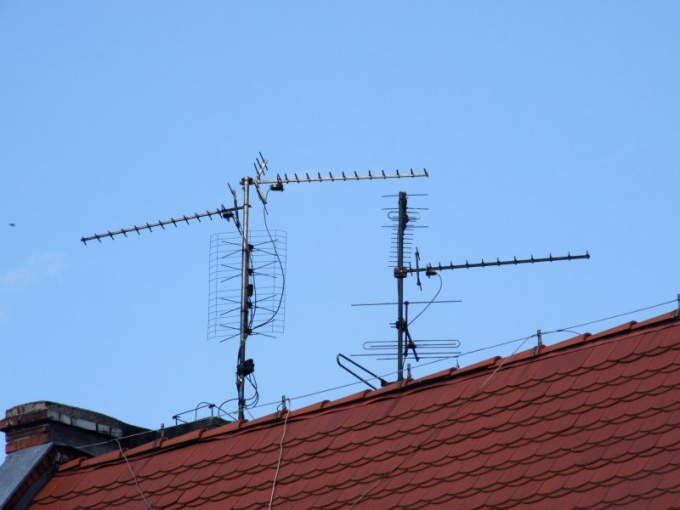You will need
- - parameters of the device to which you will connect the antenna;
- calculator.
Instruction
1
Determine the type of antennathat you will be doing. It can be symmetrical or in the form of a beam. The signal to different antenna types are served in different ways. If the antenna circuit of the receiver or transmitter has an inductive connection with the circuit, it is advisable to apply the scheme of the symmetrical power supply using two-wire line up to 200 to 700 Ohms. For the crystal radio, input devices with earthed grid or base and also for transmitters with output of P-loop, is more suitable antenna type Luch with one-wire line.
2
The most common type of antenna is symmetrical vibrator. It is a wire whose length is equal to half the wavelength of the emitted signal, and the length of each shoulder respectively equal to the quarter wave. For a device operating in the VHF range, these elements made in the form of tubes or rods.
4
Signal to the antenna of type "beam". From one end of the wire back a distance equal 0,171 wavelength. In this place to the antenna connect odnoprovodnoi line which should be perpendicular to the wire-vibrator at a distance of 0.15 wavelengths. Then odnoprovodnoi line can be curved in any direction.
5
A symmetrical antenna connected otherwise. The total length of the vibrator remains the same. Find the center of the wire. Mark this point. Measure a segment with a length of 0.13 wavelength so that its end points are symmetrical to the middle. One of those points, solder wires, which are at a distance of 0.15 of the wavelength of wire from the vibrator is soldered to the power cable, made in the form of a two-wire line. This line connects to the radio.
6
Both antennas have approximately the same parameters. Select a particular connection type, on the basis of consent of the antennam of the contour of the receiving and transmitting equipment.
Note
Antenna mounting is performed on the dielectric insulators. They usually make them porcelain, glass or plastic. The calculation and the measurement antenna should be considered in all, mounted on insulators.
Half wave vibrator can be suspended both horizontally and vertically.
Half wave vibrator can be suspended both horizontally and vertically.
Useful advice
Kind of a half-wave vibrator can be vertical (the so-called whip) antenna. It is powered by a coaxial cable impedance of 50-75 Ohms. In this case, the metal core of the cable is connected with the end of a half-wave vibrator (pin), and the braided cable is earthed, or it turns out to counterbalance. It may be the iron roof of the building or antenna mast, made of metal pipe.
